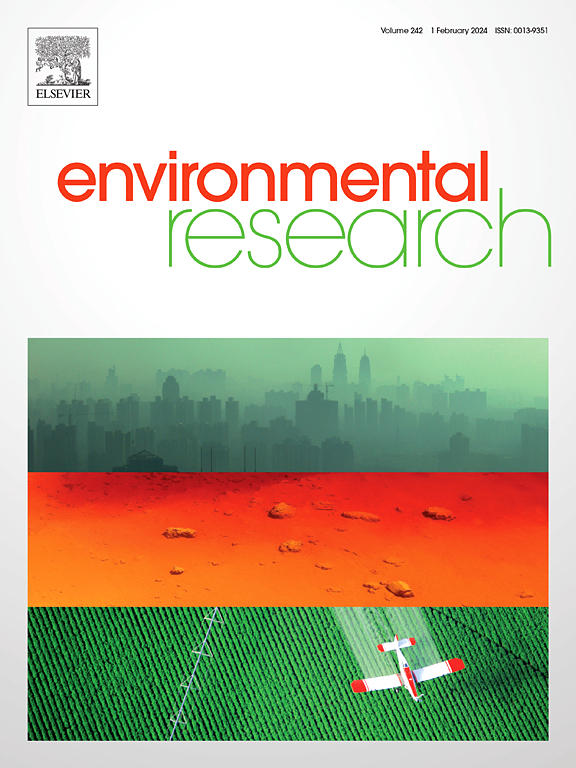Cross-altitude distribution patterns of bacterial communities in Chinese rivers: evidence from meta-analysis
IF 7.7
2区 环境科学与生态学
Q1 ENVIRONMENTAL SCIENCES
引用次数: 0
Abstract
Altitudinal gradients shape river ecosystems through topographical and climatic heterogeneity, yet our understanding of bacterial community responses across altitude remains limited. We analyzed bacterial community structure in Chinese river systems using 2657 high-throughput sequencing samples from 175 publications (2008–2024) to reveal altitudinal distribution patterns and driving mechanisms of in water and sediments. Analysis revealed distinct bacterial compositions: river water was dominated by Proteobacteria (46.3 %), Actinobacteriota (17.0 %), and Bacteroidota (14.0 %); while sediments were characterized by Proteobacteria (43.6 %), Bacteroidota (9.9 %), and Chloroflexi (8.4 %). Both habitats showed significant altitudinal diversity patterns, with water communities exhibiting a hump-shaped diversity pattern and sediments showing a more complex double-humped pattern. Altitude shaped bacterial communities directly via climate variables in water, predominantly indirectly through human activities (indicated by Nighttime Lights, NTL) and physicochemical factors in sediments. Along altitudinal gradients, bacterial communities transition from anthropogenic and nutrient-driven controls at low-altitude gradient terrain to climate and phosphorus-limited regimes at high-altitude gradient terrain. These results demonstrate microbial vulnerability to environmental change and highlight the importance of integrated river management strategies that consider both climate change and human impacts.

中国河流细菌群落跨海拔分布格局:来自meta分析的证据
海拔梯度通过地形和气候的异质性来塑造河流生态系统,但我们对细菌群落在海拔上的反应的理解仍然有限。利用175篇论文(2008-2024)中2657份高通量测序样本,对中国河流水系细菌群落结构进行了分析,揭示了水体和沉积物中细菌群落的垂直分布格局和驱动机制。分析结果表明,河流水体细菌组成明显不同:变形菌门(46.3%)、放线菌门(17.0%)和拟杆菌门(14.0%)占主导地位;沉积物以变形菌门(43.6%)、拟杆菌门(9.9%)和氯氟菌门(8.4%)为主。两种生境均表现出显著的高度多样性格局,水体群落多样性呈现驼峰型格局,沉积物多样性呈现更为复杂的双驼峰型格局。海拔直接通过水中的气候变量塑造细菌群落,主要间接通过人类活动(通过夜间灯光,NTL表示)和沉积物中的物理化学因素。沿着海拔梯度,细菌群落从低海拔梯度地形的人为和营养驱动控制过渡到高海拔梯度地形的气候和磷限制制度。这些结果显示了微生物对环境变化的脆弱性,并强调了考虑气候变化和人类影响的综合河流管理策略的重要性。
本文章由计算机程序翻译,如有差异,请以英文原文为准。
求助全文
约1分钟内获得全文
求助全文
来源期刊

Environmental Research
环境科学-公共卫生、环境卫生与职业卫生
CiteScore
12.60
自引率
8.40%
发文量
2480
审稿时长
4.7 months
期刊介绍:
The Environmental Research journal presents a broad range of interdisciplinary research, focused on addressing worldwide environmental concerns and featuring innovative findings. Our publication strives to explore relevant anthropogenic issues across various environmental sectors, showcasing practical applications in real-life settings.
 求助内容:
求助内容: 应助结果提醒方式:
应助结果提醒方式:


